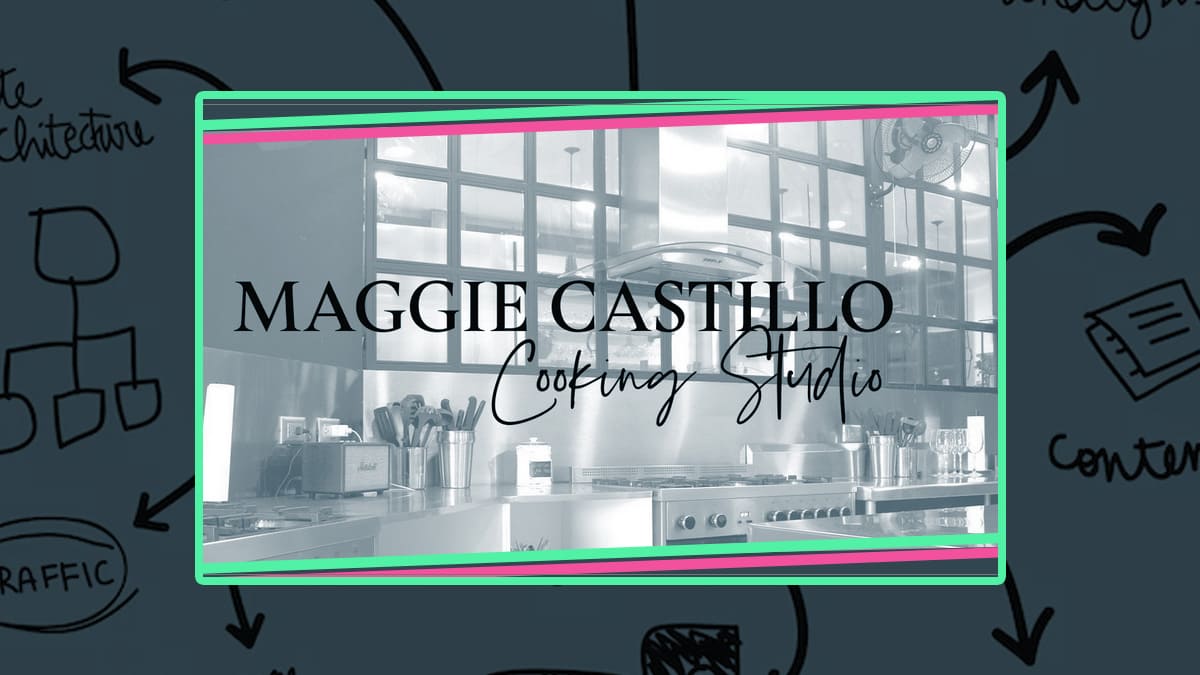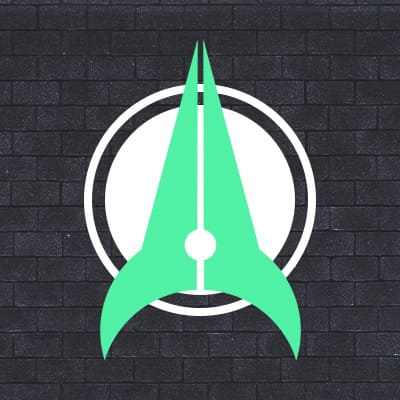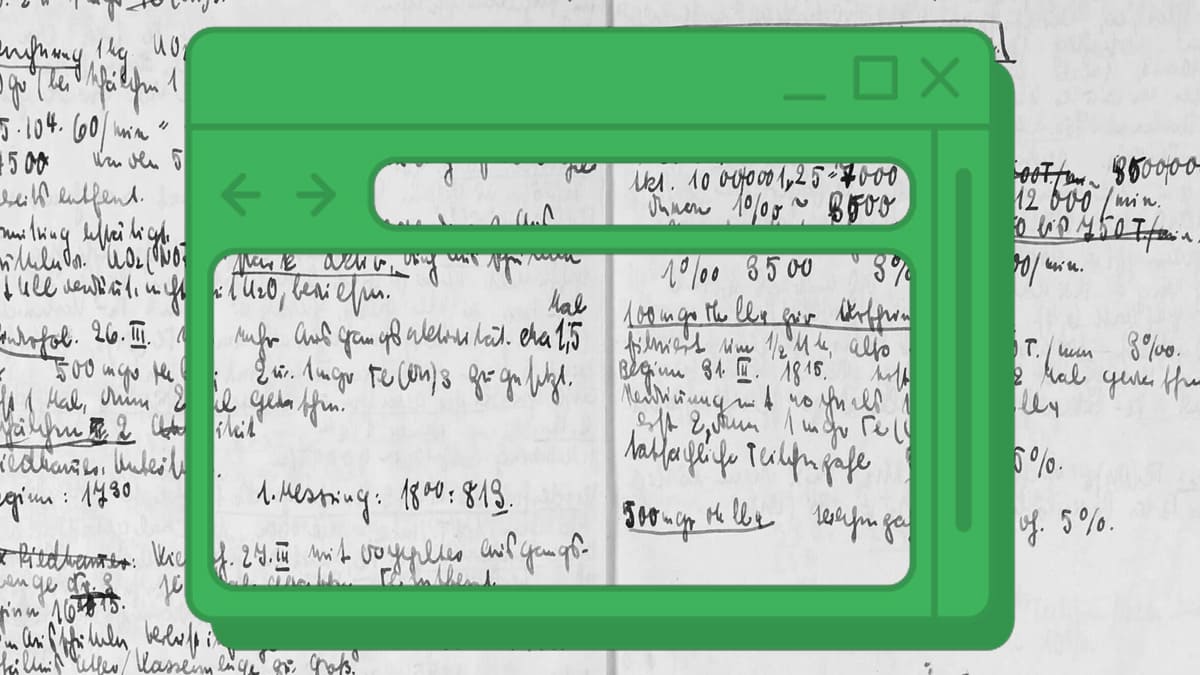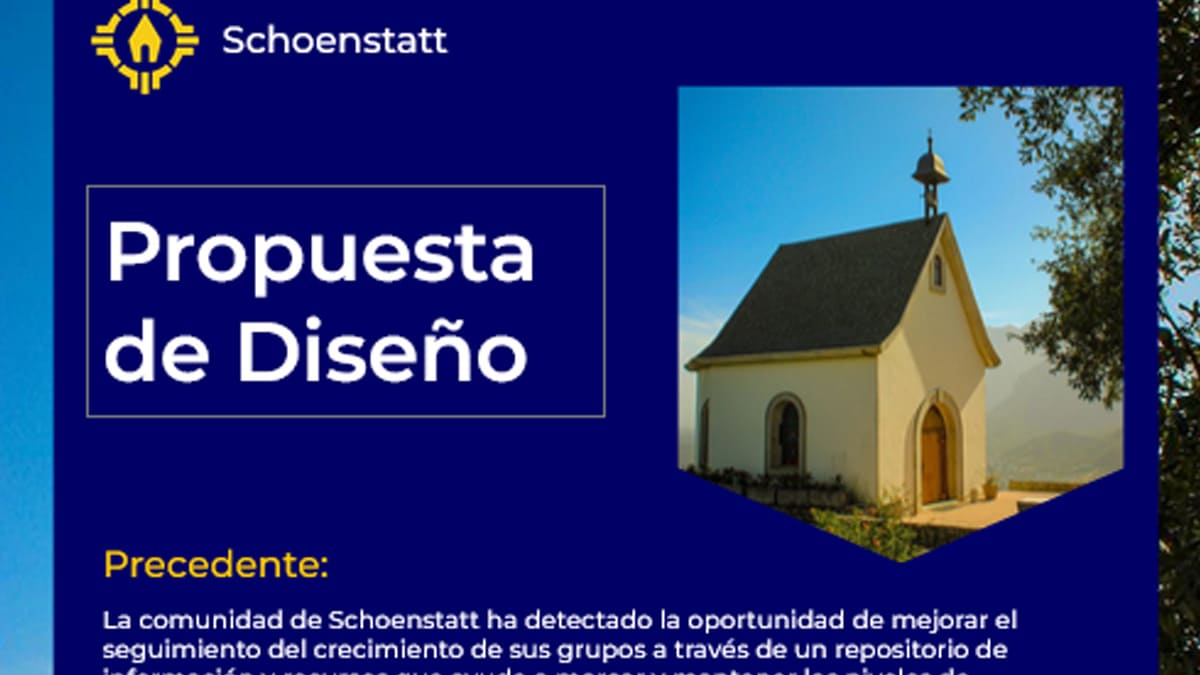
Empowering a Small Business with AI-Forward SEO
Pivoted a basic SEO course into a comprehensive RAO strategy, instantly boosting AI discoverability.



Pivoted a basic SEO course into a comprehensive RAO strategy, instantly boosting AI discoverability.

Directed a dev team to rescue a stalled R&D platform, launching to market in just three months.

Kickstarted a halted project by defining a clear MVP and delivering a deployment roadmap in a two-week super sprint.
I can provide assistance as a consultant on design, UX and planning topics. I also offer speaking sessions and workshops.
Below is a list of the topics I can collaborate with:
Design is a form of communication. This statement has guided the way I think, structure solutions and lead my teams. I've recently been interacting and researching a lot of LLM and AI related content to learn how to effectively use them as well as to piece together an understanding of how they process, search for and rank information.
Tl;dr AI's favor concise, well formatted and informative sources, meaning the original slew of AI created redundant articles made to include links and make people scroll infinitely, would be rejected.
This got me thinking about how fast we move to create and adopt more efficient operation methods when it comes to new technologies. Yet, when remote work became more ubiquitous, (and thank your deity of choice for THAT), we stopped at accepting cameras and speakers as our preferred method of communication, even when a lot of cues and details necessary to communicate can't be transmitted well by them.
I'm currently super taken with designing a method to better the way in which we communicate digitally amongst ourselves, since I believe that being able to effectively exchange ideas can be key in feeling happier and more fulfilled on our every day comings and goings.